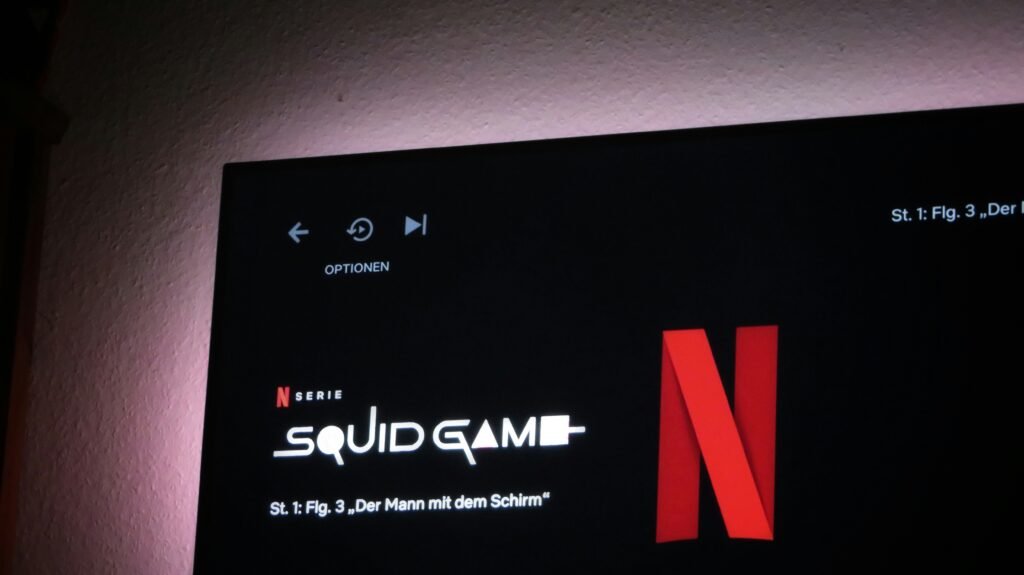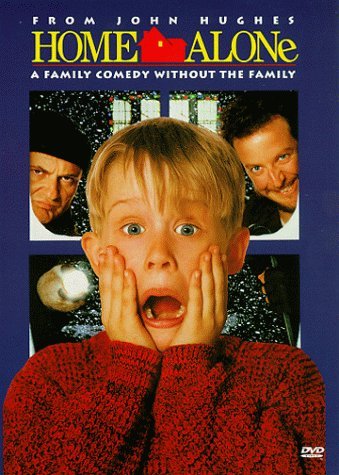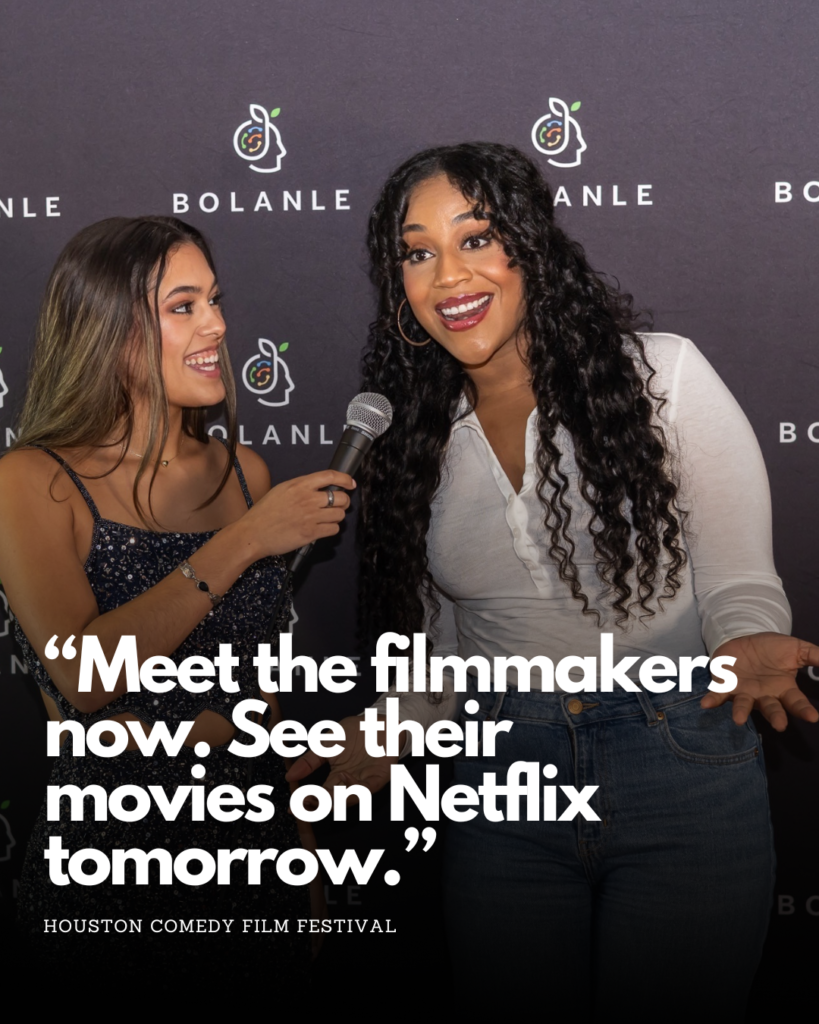Film Industry
Mastering Short-Form Storytelling for Filmmakers in the TikTok Era

The filmmaking world is experiencing a seismic shift: short-form storytelling is now at the forefront of how audiences consume content. Platforms like TikTok, Instagram Reels, and YouTube Shorts have redefined the rules, demanding filmmakers deliver powerful, memorable stories in under a minute. For filmmakers eager to stay relevant and expand their reach, mastering this new narrative form is essential—and it’s also a gateway to opportunities like the Houston Comedy Film Festival, where innovative short-form content is celebrated.
Why Short-Form Storytelling Dominates in 2025
Short-form video thrives because audiences are busier and more mobile than ever. These bite-sized stories are easy to remember, emotionally resonant, and perfectly tailored to the way people scroll through content on their phones. Every second counts, so there’s no room for filler—each moment must drive the story forward and connect with viewers instantly.
Key Strategies for Filmmakers
1. Focus on Relatable Micro-Stories
Micro-stories—single, impactful moments or emotions—are ideal for short-form platforms. They’re relatable, easy to consume, and perfect for the rapid pace of TikTok and Instagram. Think of a 30-second comedic mishap or a quick twist ending that leaves viewers laughing or surprised.
2. Visual and Auditory Impact
Dynamic visuals, bold colors, and creative camera angles are essential for grabbing attention in the first few seconds.Sound design and music can enhance emotional impact, even in the absence of dialogue, making your story universally accessible.

3. Strong Narrative Structure
Even in 60 seconds, a story needs a clear beginning, middle, and end. Focus on a central conflict or theme, and use editing techniques like jump cuts or montages to condense time and keep the narrative tight.
4. Experiment and Iterate
Short-form platforms reward experimentation. Test different genres, tones, and formats, then refine your approach based on audience engagement. Each post is a chance to learn what resonates.
5. Leverage Technology and Trends
AI tools for editing and scriptwriting, as well as AR/VR experiences, are making short-form storytelling more immersive and accessible than ever. Stay attuned to trending challenges and sounds to boost your content’s visibility.
Why Filmmakers Should Enter the Houston Comedy Film Festival
If you’re honing your short-form storytelling skills, the Houston Comedy Film Festival is the perfect stage to showcase your talent. This festival is renowned for celebrating innovative comedic shorts and giving filmmakers a chance to connect with industry professionals, audiences, and fellow creators. It’s a platform where the best micro-stories and comedic twists get the recognition they deserve—plus, it’s an excellent opportunity to see how your work stands out in a competitive, supportive environment.

Conclusion: Embrace the Short-Form Revolution
Short-form storytelling isn’t just a trend—it’s a new language for filmmakers. By focusing on concise, relatable stories and leveraging the latest visual and narrative techniques, you can captivate audiences and carve out your place in the digital landscape. And if you’re ready to take your work to the next level, submit your best comedic short to the Houston Comedy Film Festival—where the future of storytelling is unfolding, one laugh at a time.
Film Industry
Disney Brings Beloved Characters to ChatGPT After $1 Billion OpenAI Deal

Disney is deepening its push into artificial intelligence with a $1 billion investment in OpenAI, the company behind ChatGPT, in a far-reaching deal that will also license Disney’s iconic characters for use within OpenAI’s new conversational AI platform, Sora.

The agreement positions Disney at the forefront of the entertainment industry’s growing intersection with generative AI, blending the company’s extensive character library with OpenAI’s advanced technology. Under the terms of the partnership, OpenAI will deploy select Disney intellectual property — spanning its animation classics, Pixar, Marvel, and Lucasfilm — across AI-driven storytelling and interactive experiences within ChatGPT Sora.
Sources familiar with the rollout say users will be able to engage directly with Disney characters through immersive dialogues powered by Sora, with potential extensions into digital parks, virtual assistants, and cross-platform storytelling initiatives.
A limited launch is expected to debut in 2026 as Disney explores new ways to integrate AI into consumer experiences.
“This collaboration continues Disney’s legacy of innovation, combining our storytelling heritage with cutting-edge technology to reach audiences in remarkable new ways,” said Disney CEO Bob Iger in a statement.
For OpenAI, Disney’s backing represents both a financial boost and a creative endorsement from one of the world’s most influential content companies. The partnership could accelerate mainstream adoption of AI entertainment tools while positioning ChatGPT Sora as a leader in branded and interactive media spaces.

The investment also signals an industry-wide shift as studios seek to capture value in AI-driven content creation, distribution, and personalization. With Disney’s move, legacy media joins a growing list of entertainment heavyweights aligning with AI firms to future-proof storytelling — marking what could be a pivotal step in Hollywood’s technological reinvention.
Film Industry
Netflix Got Outbid: Paramount Drops a $108 Billion Cash Bomb on Warner Bros.

Paramount has stunned Hollywood with a hostile, all‑cash offer to buy Warner Bros. Discovery outright for about 108.4 billion dollars, topping Netflix’s already splashy takeover agreement. The proposal, disclosed in SEC filings and a tender‑offer announcement, would pay 30 dollars per share in cash, roughly a 139% premium to where Warner Bros. Discovery traded before sale talks heated up and several dollars per share higher than Netflix’s mixed cash‑and‑stock offer.
How Paramount’s Bid Beats Netflix’s
Netflix’s deal focuses on acquiring the core Warner assets—Warner Bros. studio, HBO and the Max streaming service—for a valuation in the low‑80‑billion‑dollar range, compensated partly in Netflix stock. Paramount Skydance, by contrast, is offering all cash for the entire company, valuing Warner Bros. Discovery—including its cable brands like CNN and Discovery—at about 108–109 billion dollars. CEO David Ellison is pitching the bid as “superior” because it gives shareholders a higher headline price, avoids stock‑price risk and comes with committed financing lines from banks and investment partners.

The Regulatory Chess Match
Both deals would face intense antitrust scrutiny, but the risk profiles differ. A Netflix–Warner tie‑up would marry the world’s largest subscription streamer with one of its biggest rivals, a combination analysts say could draw especially tough questions from U.S. and EU regulators about market dominance in streaming. Paramount is arguing that merging two diversified legacy media groups—Paramount Global and Warner Bros. Discovery—creates a stronger competitor to Netflix, Disney and Amazon rather than a streaming near‑monopoly, and therefore should be easier to clear.
What a Paramount–Warner Giant Would Look Like
If Paramount wins, it would control a vast portfolio: Warner Bros. and Paramount Pictures, HBO and Max alongside Paramount+, DC and Harry Potter next to Mission: Impossible and Top Gun, plus global news and lifestyle networks from CNN to Discovery. In pitch materials, Paramount has pledged to keep a robust theatrical pipeline of 30+ films per year from the combined studios while using the enlarged library and sports rights to turbo‑charge streaming growth.

What Happens Next
Warner Bros. Discovery’s board, which has already endorsed Netflix’s agreement, must now evaluate whether Paramount’s richer all‑cash offer is worth triggering a sizeable breakup fee and resetting the regulatory process. Shareholders will ultimately decide between a higher but potentially more complex studio‑merger path and a slightly lower, tech‑powered streaming combo with Netflix. Whatever the outcome, Paramount’s 108‑billion‑dollar cash swing has turned an already historic sale into one of the most dramatic bidding wars Hollywood has ever seen.
Entertainment
This ‘Too Small’ Christmas Movie Turned an $18M Gamble Into a Half‑Billion Classic

Studios almost left this Christmas staple on the cutting‑room floor. Executives initially saw it as a “small” seasonal comedy with limited box‑office upside, and internal budget fights kept the project hovering in limbo around an $18 million price tag.

The fear was simple: why spend real money on a kid‑driven holiday film that would vanish from theaters by January?
That cautious logic aged terribly. Once released, the movie exploded past expectations, pulling in roughly $475–$500 million worldwide and camping at the top of the box office for weeks.
That’s a return of more than 25 times its production budget, putting it among the most profitable holiday releases in modern studio history.
What some decision‑makers viewed as disposable seasonal content quietly became a financial engine that still prints money through re‑runs, streaming, and merchandising every December.
The story behind the numbers is part of why fans feel so attached to it. This was not a four‑quadrant superhero bet with guaranteed franchise upside; it was a character‑driven family comedy built on specific jokes, one child star, and a very particular vision of Christmas chaos. The fact that it nearly got shelved—and then turned into a half‑billion global phenomenon—makes every rewatch feel like a win against studio risk‑aversion.
When you press play each year, you are not just revisiting nostalgia; you are revisiting the rare moment when a “small” movie out‑performed the system that almost killed it.

 Entertainment4 weeks ago
Entertainment4 weeks agoWicked Sequel Disappoints Fans: Audience Verdict on For Good

 Entertainment4 weeks ago
Entertainment4 weeks agoAriana & Cynthia Say They’re in a ‘Non‑Demi Curious, Semi‑Binary’ Relationship… WTF Does That Even Mean?

 News4 weeks ago
News4 weeks agoMexico Bans Dophin Shows Nationwide

 Entertainment3 weeks ago
Entertainment3 weeks agoColombia’s ‘Doll’ Arrest: Police Say a 23-Year-Old Orchestrated Hits, Including Her Ex’s Murder

 Entertainment4 weeks ago
Entertainment4 weeks agoHow The Grinch Became The Richest Christmas Movie Ever

 Entertainment4 weeks ago
Entertainment4 weeks agoMiley Cyrus Is Engaged to Maxx Morando

 News4 weeks ago
News4 weeks agoUS May Completely Cut Income Tax Due to Tariff Revenue

 Business3 weeks ago
Business3 weeks agoLuana Lopes Lara: How a 29‑Year‑Old Became the Youngest Self‑Made Woman Billionaire




































